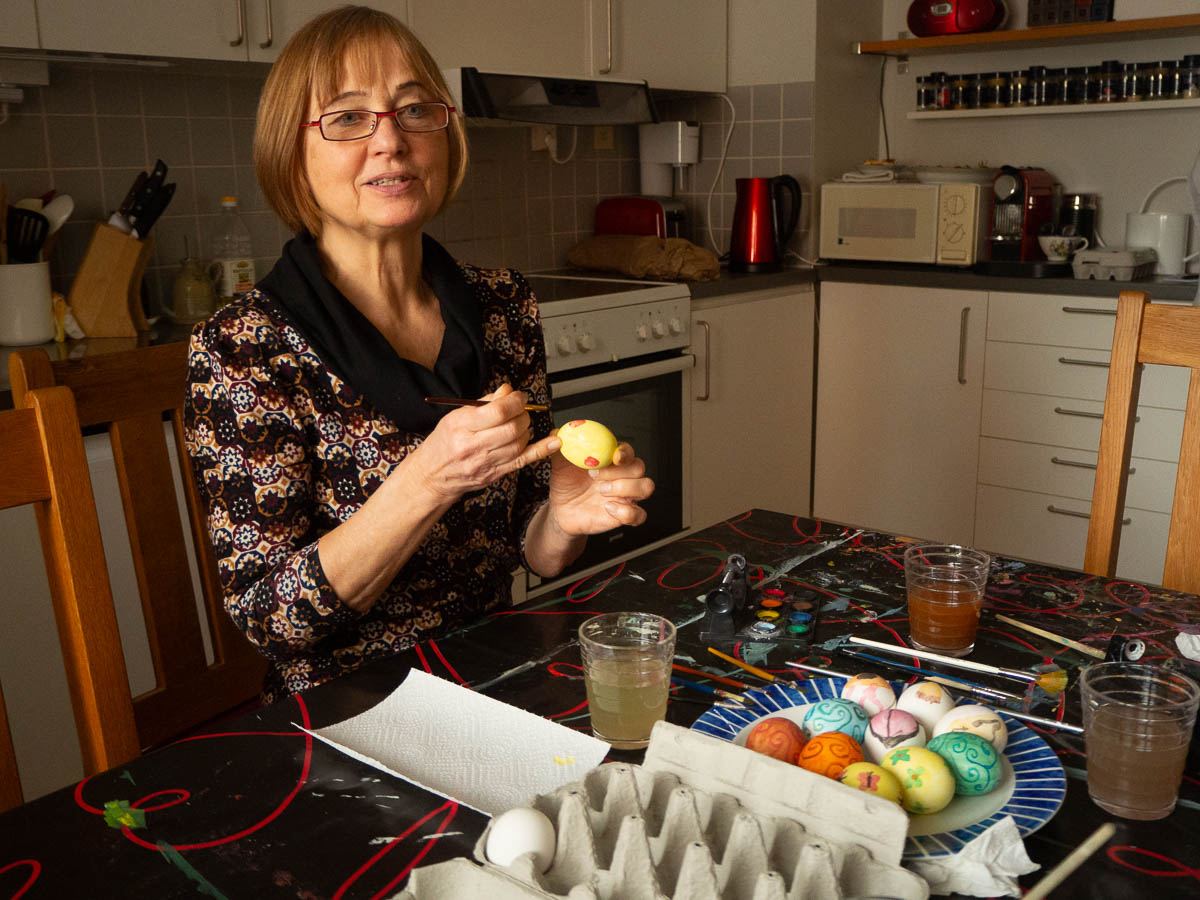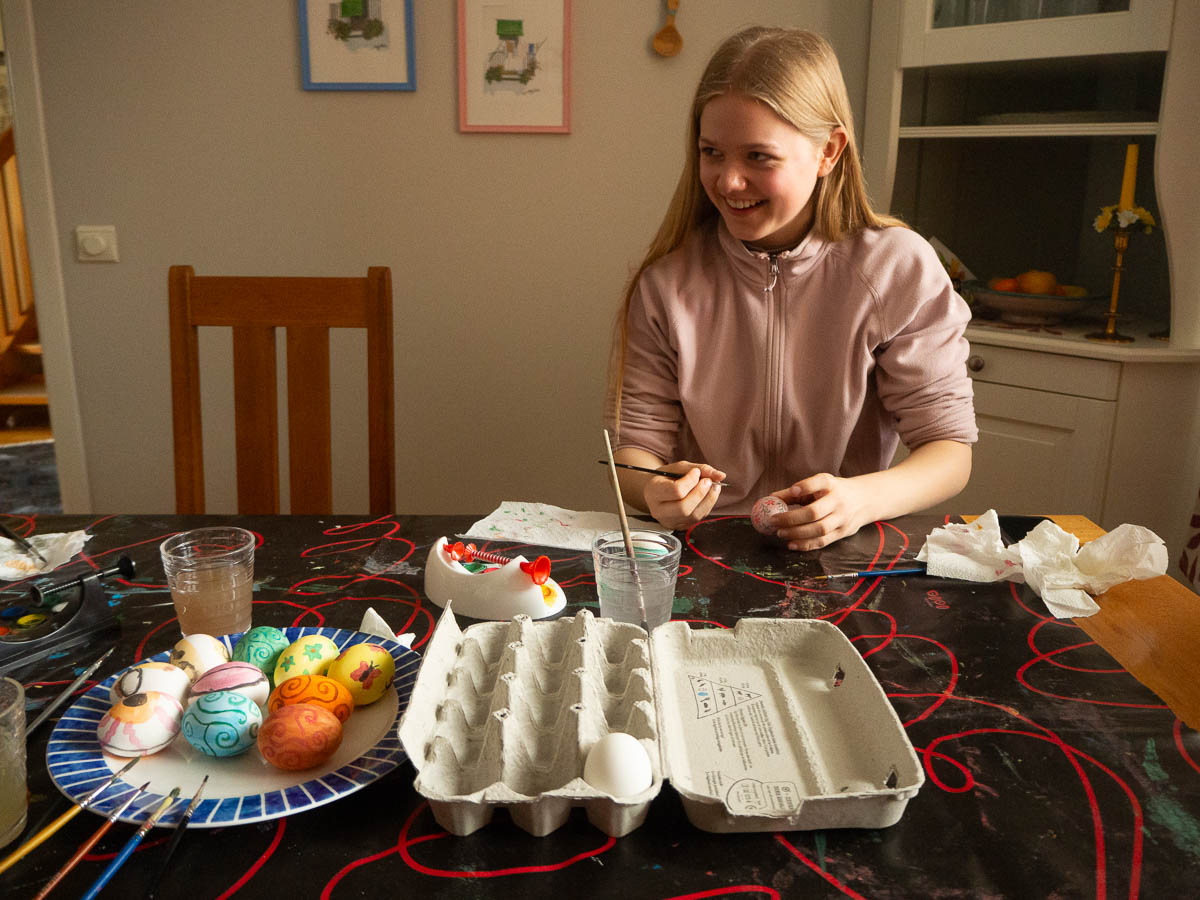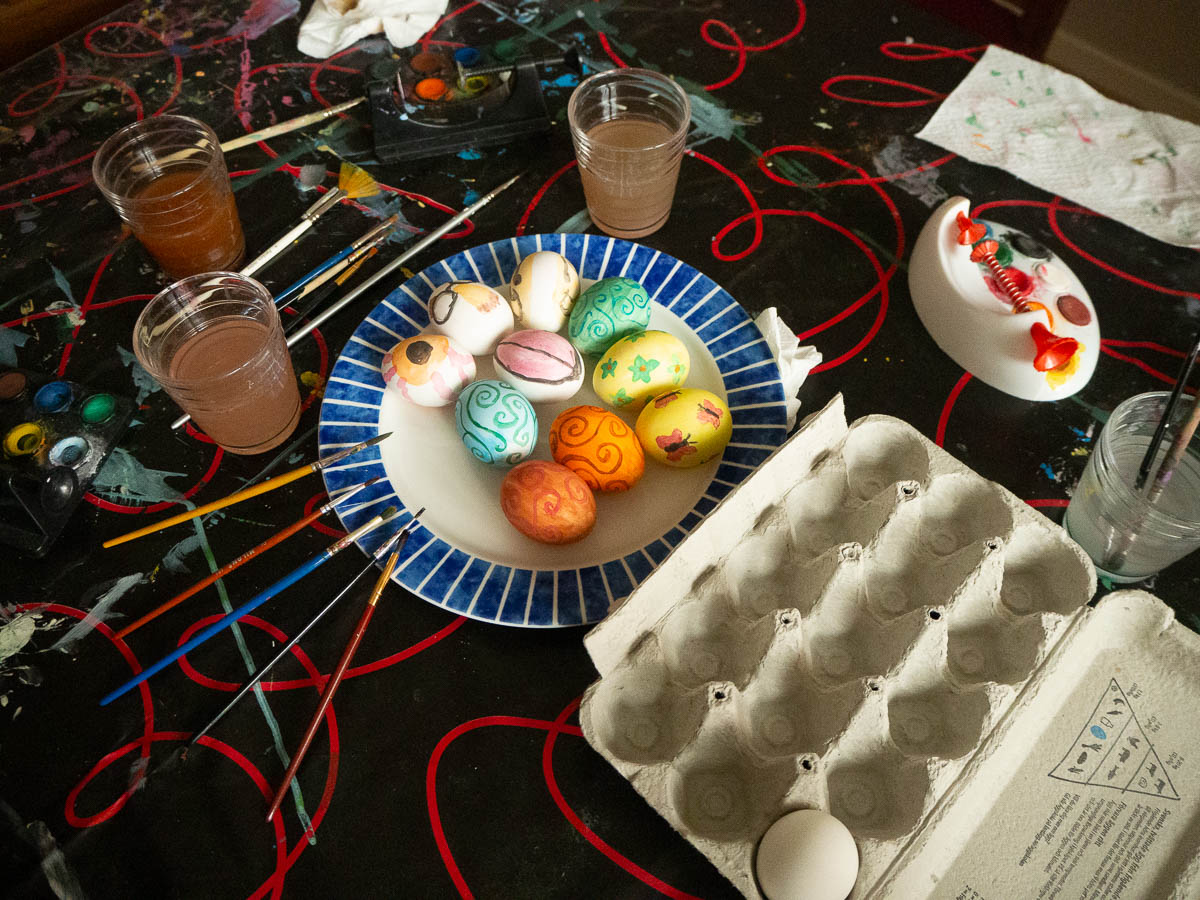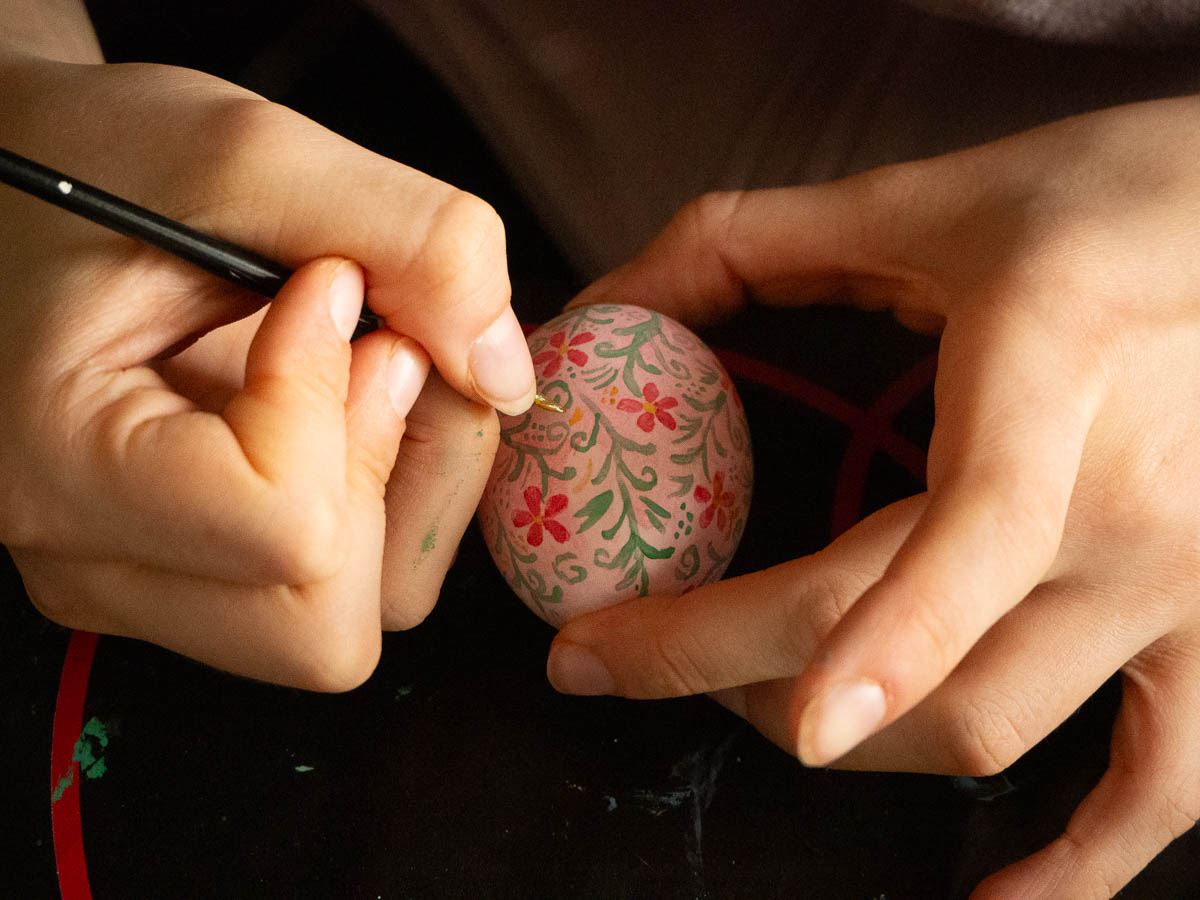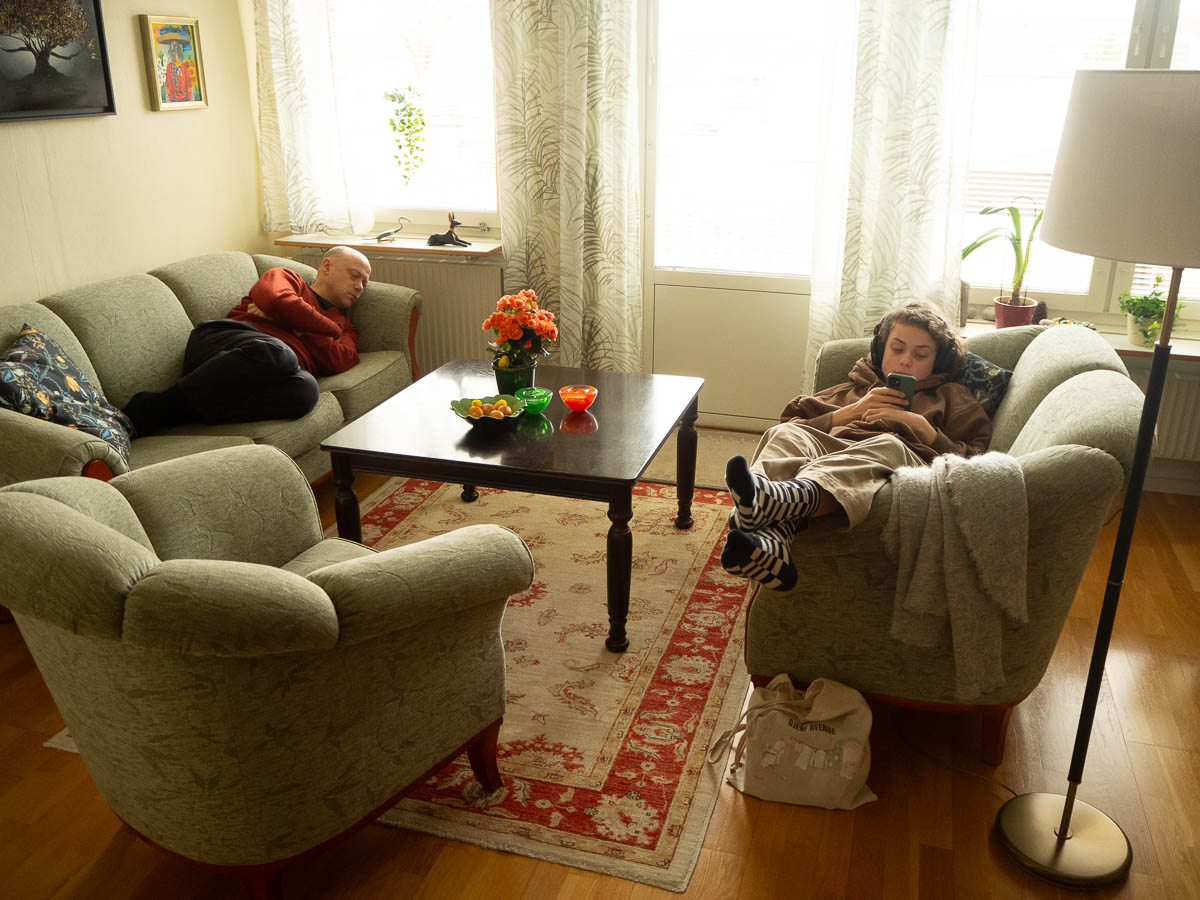Stockholm Culture Night – cultural events, free of charge, all around town. Concerts, performances, open houses, etc.
Unfortunately when thousands of Stockholmers all decide to attend said events, the result is queues. Lots and lots of very long queues. In barely-above-zero temperatures.
I first went to Stockholm City Hall, but the broad queue there went along at least two sides of the building. It’s a public building, so I figured I could see it at another time.
Instead I took the metro to the Royal Institute of Technology, where the reactor hall – home to Sweden’s first, experimental nuclear reactor – was open to the public. The queue was again enormous, but at least I’d get to see something more unique at the end.
I stood for maybe forty minutes, by which time I estimated I’d gotten no more than a quarter of the way there, and I was freezing. No way I’d take two more hours of that.
Having given up on seeing the reactor hall, I opted for a (hopefully) safe bet and took the metro to Gamla Stan and the German Church for a concert. I got a seat (I believe everybody did), and it was indoors and warm, and I heard some lovely music, so at least there was that.
I had a pizza, which warmed me up yet a bit more, and considered my options. The reactor hall was still my top pick. I could either give it another try, or call it a night.
This time the queue was much thinner (and thus faster) and the end of it was well ahead of the point where I’d dropped out before. It still took over half an hour to get to the entrance, but it felt doable.
The reactor hall was a unique space indeed. It hasn’t housed an actual nuclear reactor since 1982, so now it’s just an odd-shaped cavernous space deep underground. For the past 17 years it’s been used as an events space, which has led to some interesting design choices. Tonight it was all lit up in blue, for example, and there’s an installation of mirrors along one side.


All the walls, floors and ceilings are covered in a grid of one-metre squares, for systematically measuring residual radioactivity after the reactor was shut down. The grid breaks up the otherwise monotonous surfaces and makes the hall look kind of like a magician’s experiment.

In the middle of the floor, there’s an irregularly-shaped concrete pit that used to house the actual reactor. Also all gridded up, of course.

Right next to the pit, there’s an antique Wurlitzer theatre organ, originally from the Skandia cinema. These days it’s hooked up to a computer, and we were treated to a loud and energetic performance.










